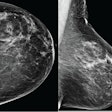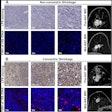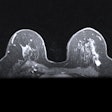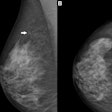Dear Women's Imaging Insider,
At the recent RSNA 2014 meeting, much of the discussion about women's imaging focused on digital breast tomosynthesis, both on how it performs and its clinical future. In this, our last Women's Imaging Insider of 2014, we're highlighting studies presented by Yale University researchers that showed that tomosynthesis classifies lesions more accurately, increasing the number categorized as "benign" and reducing the number categorized as "probably benign."
The findings suggest that tomosynthesis could mitigate what some call the "harms" of breast cancer screening, such as repeated follow-up tests, patient anxiety, and higher healthcare costs. Learn more in our Insider Exclusive, which is available to you first as an Insider subscriber.
When you've finished our featured article, check out what else is going on in the Women's Imaging Community, including additional coverage from RSNA 2014:
- Get the scoop on a study published this week in the Annals of Internal Medicine that questions whether breast density follow-up -- mandated by new notification laws in many states -- is effective.
- Discover why researchers from Beth Israel Deaconess Medical Center say that not all tomosynthesis recalls benefit from mammography evaluation.
- Learn about a new clinical trial called TMIST that will evaluate the performance of digital breast tomosynthesis.
- Read why Dr. Per Skaane, PhD, from the University of Oslo believes that tomosynthesis should be the standard for breast cancer screening.
- Find out more about the pros and cons of a risk-based approach to mammography screening.
As always, if you have a comment, report, or article idea to share about any aspect of women's imaging, please contact me.




















